Almost 10 years since the launch of the previous generation model – and nearing on 20 years after the birth of the original – Mitsubishi has finally introduced an all-new Outlander.
The new model will share its underpinnings with the next-gen Nissan X-Trail, expected later this year, and it has grown in all key dimensions compared with its predecessor, placing it at the larger end of the medium-SUV category.
Mitsubishi is claiming big improvements to refinement, as well as standard safety gear and comfort.
But the bold-looking new SUV has its work cut out for it in the hotly contested family-friendly medium SUV space.
Does the new Outlander signal an exciting turning point for Mitsubishi in Australia? Read on to find out.
Mitsubishi Outlander 2022: Aspire 7 Seat (2WD)
| Engine Type | Inline 4, 2.5L |
|---|---|
| Fuel Type | Unleaded Petrol |
| Fuel Efficiency | 7.7L/100km (combined) |
| Seating | 7 |
| Price From | $33,550 - $39,930 |
| Safety Rating |
|
Does it represent good value for the price? What features does it come with?
Note: The MY22 Outlander Aspire tested here differs from the more recent MY22.5, which loses the MY22's fully digital instrument cluster in favour of a 7.0-inch screen with analogue gauges due to the current chip shortage. This affects models from February 2022 production until further notice, so double check if unsure.
Despite the new technologies and clear uptick in overall quality, Mitsubishi Motors Australia has wisely retained competitive pricing for the new model.
Pricing for the new Outlander went up by $2000-$2500 for most variants, compared with the old model, but it still represents great value.
Range pricing starts at $34,490, before on-road costs, for the front-wheel drive (FWD) five-seat ES and tops out at $49,990 for the all-wheel drive (AWD) seven-seat Exceed Tourer.
The base ES is available with five or seven seats but then every grade from LS up is seven-seat only.
The variant we tested is the mid-to-high grade FWD Aspire priced at $41,490. Opting for AWD adds $2500 to the price. Until the arrival of the plug-in hybrid later in the first half of the year, there’s just one 2.5-litre petrol engine available. The diesel has been dropped for the new model.

The Aspire lines up against other equivalent variants including the Ford Escape ST-Line, Hyundai Tucson Elite, Kia Sportage SX+, Mazda CX-5 Touring AWD, Subaru Forester 2.5i Premium AWD, and the Toyota RAV4 Cruiser, to name a few.
The Outlander offers generous standard gear for the price and it’s in line with most of the newer rivals. The only thing missing is tyre pressure monitoring.
Standard features in the Aspire include 20-inch alloy wheels, auto-levelling headlights, synthetic suede and synthetic leather trim, power driver’s seat, heated front seats, keyless entry and start, wireless smartphone charging, hands-free power tailgate, rain-sensing wipers, auto-dimming rear-view mirrors, auto headlights and auto high beam, a 12.3-inch digital instrument cluster and a 9.0-inch multimedia screen with DAB digital radio, satellite navigation, wireless Apple CarPlay and wired Android Auto.
Is there anything interesting about its design?
Mitsubishi introduced the latest version of its Dynamic Shield front-end design language with the new Outlander and it’s nothing if not bold. It’s not going to be to everyone’s taste but it stands out and gets a lot of attention.
It’s great to see brands experimenting with design for their bread-and-butter models. The latest Kia Sportage and Hyundai Tucson are two more examples of this.

There’s a wall of plastic grille up front, with another lower air intake and a mix of slimline LED and stacked headlights. It has the silhouette of a traditional SUV, a large C-pillar and black A-pillars.
I don’t think it nails 'bold' quite like the new Sportage, but it definitely has presence.
How practical is the space inside?
Stepping into the cabin, it's immediately clear the new Outlander marks a massive leap forward in terms of interior design and quality.
The horizontal lines of the dash, integrated air vents and minimal use of buttons – save for the air conditioning controls – makes for a classy space.
The soft-touch materials on the dash and elsewhere, as well as the short and stubby gear shifter and lovely four-spoke perforated leather steering wheel (with clear controls) all add to the semi-premium vibe. It’s a job well done.
Up front, the Outlander has a wide but shallow central storage bin, two cupholders, a smallish glove box and enough space for taller bottles in the doors.

The synthetic suede/leather front seat design adds to the overall cabin ambience and as well as looking good, they offer excellent upper body support.
Mitsubishi’s latest multimedia system features hard buttons just under the screen as well as digital buttons, which is a bit odd.
The system is more than adequate, with a fairly logical menu layout and structure, but it’s not as modern, intuitive and visually appealing as the Hyundai/Kia and Volkswagen systems.

Forward visibility is reasonable, but it can be hard to see the end of the bonnet. The thick C-pillars produce a blind spot, but the crystal-clear surround-view and direct reversing camera combine for excellent vision when parking.
It’s a spacious cabin, too, and while it’s longer, wider and taller than most of its competitors now, the 2706mm wheelbase can’t match the Tucson and Sportage twins (2755mm).
As a result, legroom is just okay behind my six-foot (183cm) driving position, but there’s not as much air between my knees and the seats as there is in the Korean cars. There is, however, no shortage of headroom.
The second-row seats are flat but comfortable and occupants have access to a USB-A and USB-C port, map pockets, bottle storage, a fold-down central armrest with two square cup holders and lower air vents.

The doors open wide which is useful when it comes to getting in and out of both rear rows.
The second-row seats roll forward and fold down to allow access to the third row. Getting to the very back seats is easy enough, but the wheel arch makes getting out harder. In saying that, kids will find that easier than a six-foot, 40-something man.
It is tight back there and really should be for occasional use only.
The third row can be raised or lowered flush into the floor via a pull-rope in the boot. With all seats in place there’s plenty of space (478 litres), but that reduces to just 163L with the third row up. It increases to 1473L with all seats folded.
The 478L capacity is also off the pace of the Sportage (543L) and RAV4 (580L), but the addition of the third seating row (which those models don’t have) eats into boot space. However, the Volkswagen Tiguan Allspace seven-seater can swallow 700 litres with the third row stowed.
You can open the boot hands free with a kick motion under the rear bumper, and the Outlander comes with a space-saver spare tyre.
What are the key stats for the engine and transmission?
Mitsubishi’s “newly developed” 2.5-litre four-cylinder naturally aspirated petrol engine delivers 135kW at 6000rpm and 245Nm at 3600rpm. The test car is FWD but there is an AWD option. It is paired with a continuously variable transmission (CVT).

A PHEV is coming later in the first half of the year and gets a boost to electric drive range from 54km to 87km thanks to a larger 20kWh battery.
How much fuel does it consume?
Mitsubishi’s official combined fuel consumption figure is 7.7 litres per 100 kilometres. My figure wasn’t far off at 8.6L/100km
It has a 55-litre fuel tank, takes 91 RON petrol and emits 174g/km of CO2 emissions.
Warranty & Safety Rating
What safety equipment is fitted? What safety rating?
The new Outlander has taken a big step up when it comes to standard safety features and it is now offered with front auto emergency braking (AEB) with pedestrian detection, forward collision mitigation, rear AEB and rear cross-traffic alert, driver attention alert, blind spot warning with brake assist, adaptive cruise control, and lane departure warning and prevention.
It also comes with a recently awarded maximum five-star ANCAP safety rating, after being tested against stringent 2020-2022 protocols.
It has a front centre airbag that helps lower the risk of injury during a side collision. It does have second-row curtain airbags but they do not stretch to the third row.

Mitsubishi’s lane departure system is a bit of a letdown. When it detects the car is about to cross a line marking, it applies the brakes and tries to steer it in the other direction. But it doesn’t steer the vehicle or centre it like systems from many other brands do. Once again, Kia, Hyundai and Toyota have the edge here.
You can turn it off and change the strength of the system but it’s not the easiest function to locate in the digital instrument cluster.
What does it cost to own? What warranty is offered?
It’s an understatement to say the new Outlander is a much better vehicle to drive than its predecessor. But, it’s not without its cons.
To start, the 2.5-litre engine is responsive from a standing start. Being naturally aspirated, it lacks the lag of a turbo powertrain and pulls away quickly, even if the 0-100km/h time of about 10.5 seconds doesn’t sound brisk.
The CVT is well paired with the engine and doesn’t have the drone of older CVTs.
In developing the Outlander’s new platform shared with its Renault and Nissan partners, Mitsubishi has made improvements to how this SUV rides, handles and steers.
However, the steering – at least in the FWD model – is very sensitive, to the point that you’ll find yourself on the other side of the road if your inputs are too much. It makes for a more responsive and sharper helm during dynamic driving, but distracted parents checking on their kids in the back while driving should beware.
The brakes are also super touchy, but at least they’re strong when needed.
Ride quality is a mixed bag, too. The Outlander has a busy ride and doesn’t feel particularly settled, especially driving at speed on an average road.
It improves at urban speeds, but you’ll still feel speed bumps more than you would in competitors like the Sportage.
Punting the Outlander through twisty roads, however, reveals a more capable car for dynamic driving. It feels more planted than you’d expect.
The 10.6-metre turning circle feels tighter than some small cars when manoeuvring in compact city side streets.
One of the biggest improvements has to be noise, vibration and harshness. The sound deadening materials and cabin insulation used ensure the Outlander has a hushed cabin, even when pushing the revvy engine hard. It adds to the cabin’s upmarket feel.
Verdict
There’s no question the new Outlander represents a vast improvement over the model it replaced. As the first all-new model in Mitsubishi’s period of renewal, there was a lot of pressure on the new-gen Outlander, and for the most part, it delivers.
It’s a spacious, family-friendly, value-packed offering with a classy new cabin and decent performance. Is it the best in its class? No. But it has stepped up to the point that it should be added to more buyers’ shopping lists.
Pricing Guides



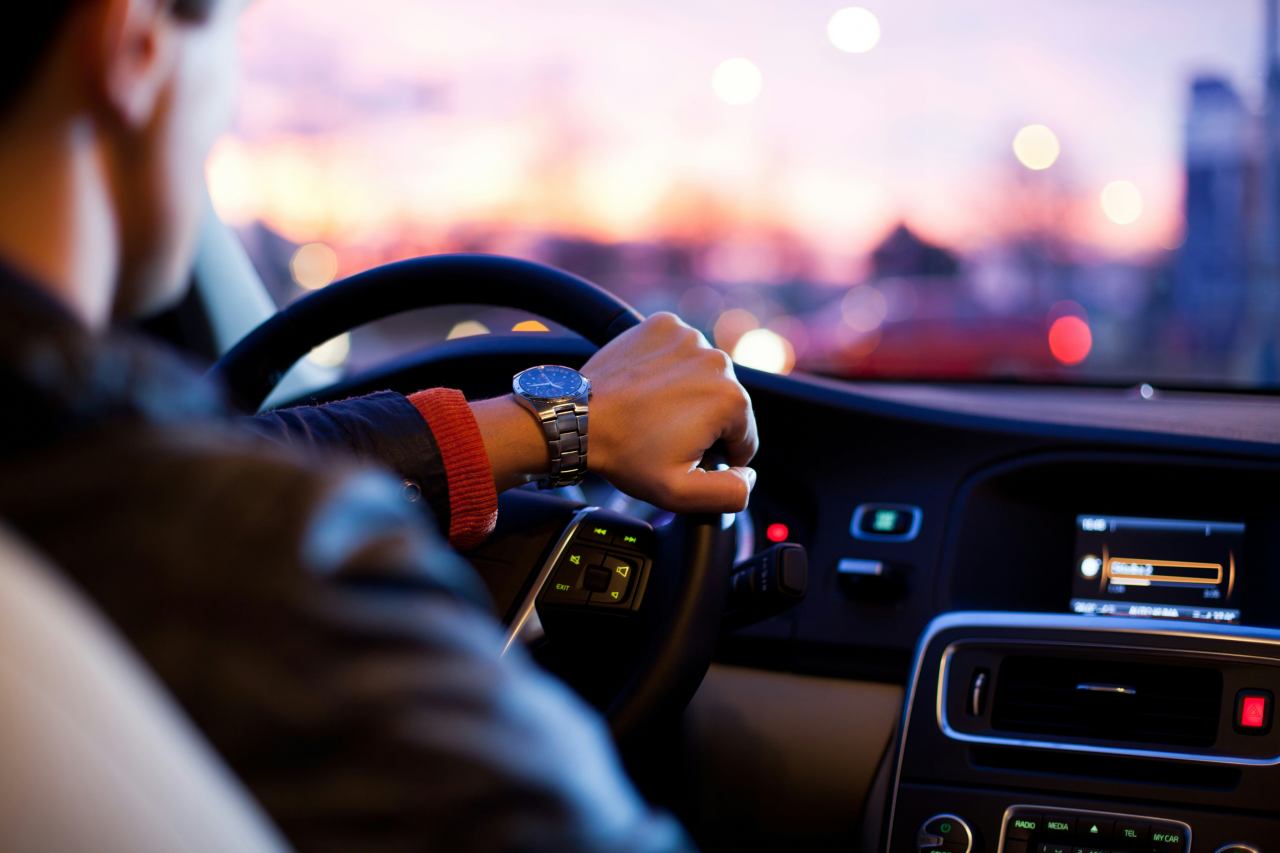






.jpg)





















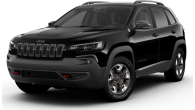
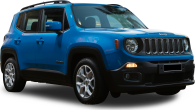














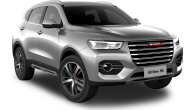

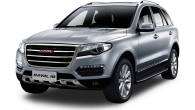



 copy.png)

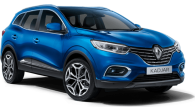




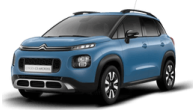







OutlanderPHEVmodel_01_1028.jpg)



.jpg)
_0.jpg)
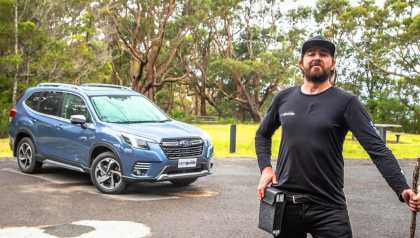

.jpg)

.jpg)
Comments